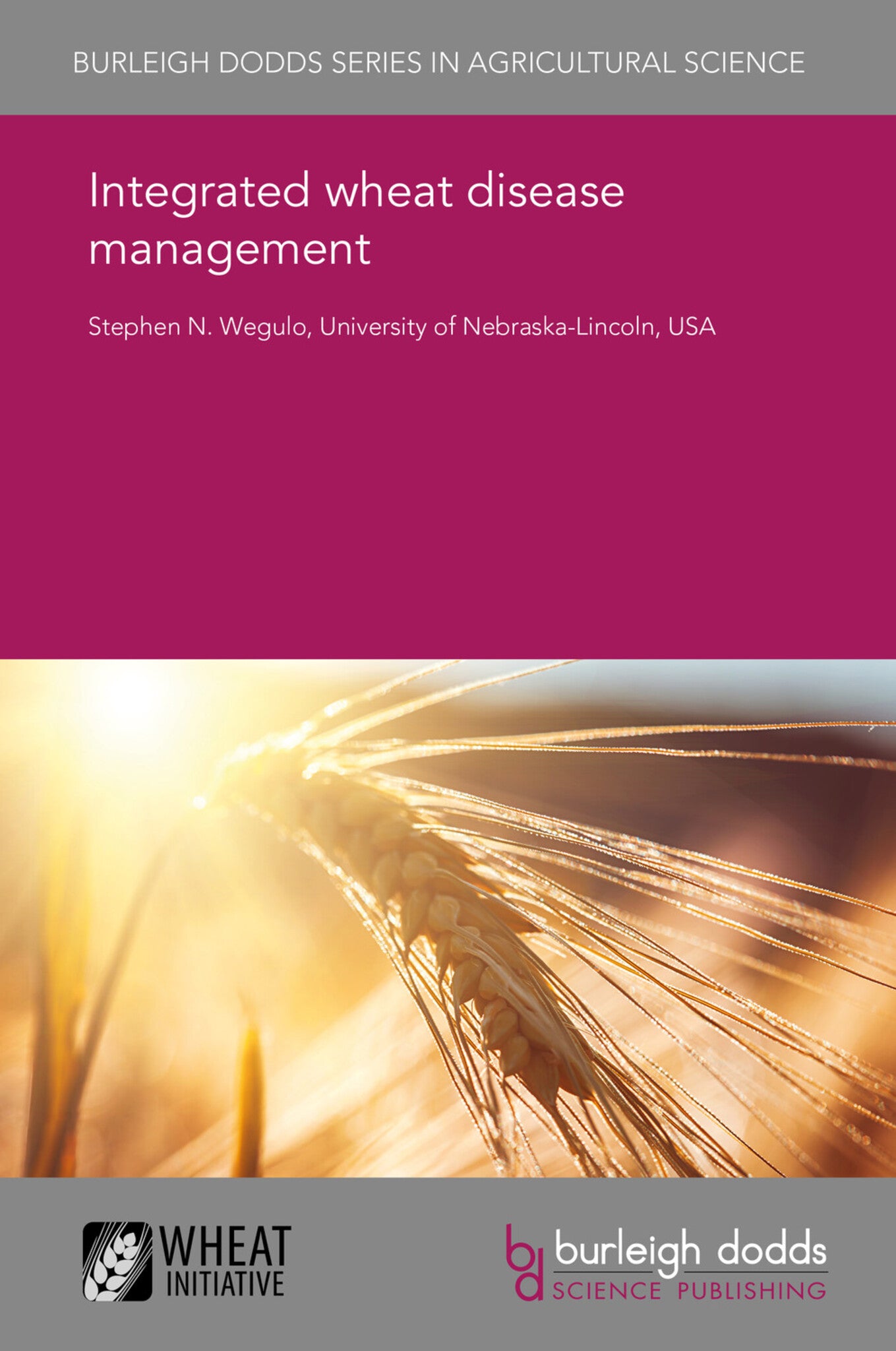We're sorry. An error has occurred
Please cancel or retry.
Integrated wheat disease management

Some error occured while loading the Quick View. Please close the Quick View and try reloading the page.
Couldn't load pickup availability
- Format:
-
31 July 2016

Wheat is one the most economically important crops in the world. Diseases caused by fungi, bacteria, viruses and nematodes can significantly reduce wheat yields. All parts of the wheat plant can be affected by diseases. Integrated disease management (IDM) combines two or more tactics to prevent or reduce yield loss. IDM is based on the concept of integrated pest management (IPM) in which various tools are combined to manage pests in a way that minimizes economic, health and environmental risks. These tools or tactics include scouting, disease identification, variety selection, cultural practices, chemical control and biological control. This chapter reviews these tactics individually using selected research examples and emphasizes the integration of as many tactics as practically possible to maximize the effectiveness of
managing wheat diseases.

TECHNOLOGY & ENGINEERING / Agriculture / General, Agricultural science, TECHNOLOGY & ENGINEERING / Agriculture / Agronomy / Crop Science, TECHNOLOGY & ENGINEERING / Agriculture / Agronomy / Soil Science, TECHNOLOGY & ENGINEERING / Agriculture / Sustainable Agriculture, TECHNOLOGY & ENGINEERING / Pest Control, Botany and plant sciences, Sustainable agriculture, Organic farming, Agronomy and crop production, Pest control / plant diseases

1 Introduction 2 Scouting and disease identification 3 Variety selection 4 Cultural practices 5 Chemical control 6 Biological control 7 Use of disease forecasting systems 8 Integrated disease management 9 Future trends in research 10 Where to look for further information 11 References



